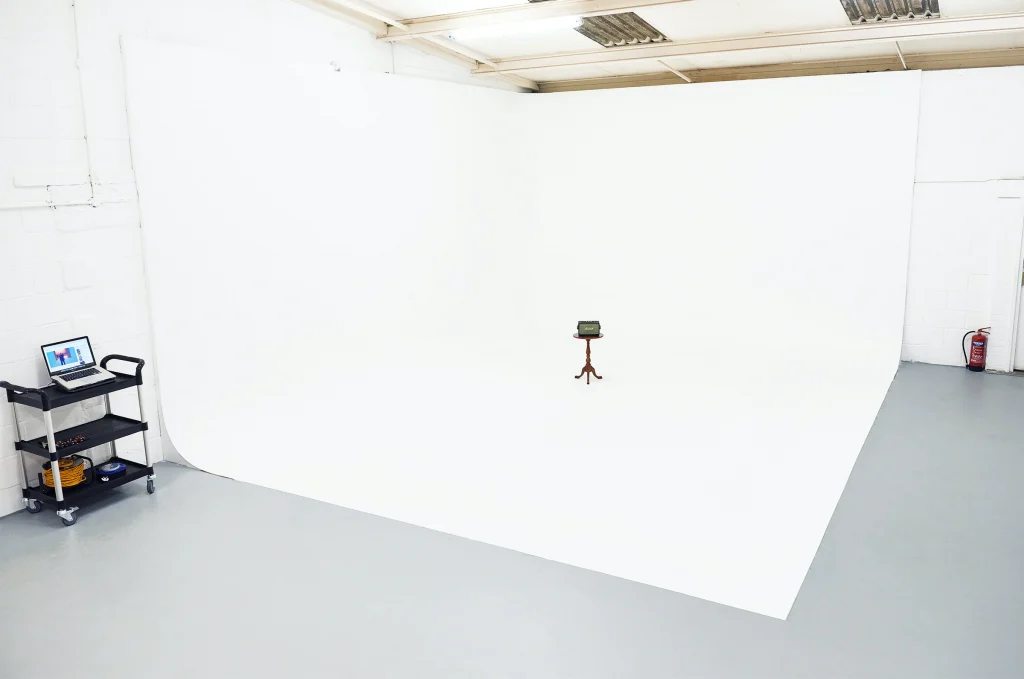‘Indoors or outdoors? Professional light or natural light? Infinity cove or by the staircase?’
When it comes to photography, you can’t just focus on the focus. Be it through lighting, shadows, colour or shape, the surroundings of a photograph can enhance (or diminish!) the subject significantly. Even with something as simple as a fruit-bowl picture, the photographer has to take into account how the location is influencing their photo shoot.
With that in mind, where do you have to go to get the right colour, light, shapes and shadows for your photo shoot? If you’re shooting outside, when and where is best for good sunlight? If you’re shooting inside, do you need a studio or a more traditional location?
Let’s look at the strengths, weaknesses that different indoor and outdoor photo shoot locations have to offer: with these in mind, you’ll be one step further to getting the perfect shot you want.
Shooting in a Studio
With the right knowhow, in a photo studio you can produce photographs with better light and shadows than you could ever replicate in reality. The first major benefit of working in a photo studio is being able to start completely from scratch. In most cases, it’ll just be you, the subject of your photo: and a blank room. Some photo studios are even kitted out with infinity coves: white space with curves instead of corners, creating the illusion of the subject being in an endless empty space when photographed.
Another key advantage you have with a studio is light control: the power of the sun in the palm of your hand. Well, perhaps not just your palm: these professional lights can get pretty big, all for the purpose of creating high-quality lighting that can match that of the outdoors or go even further beyond. LIke with the infinity cove, stage and theater-style lighting can make your photo shoot look incredibly unique, setting it apart from a traditionally-lit photograph. Here’s some of the tools you might be working with:
- Key Lights and Fill Lights: your bread and butter. The former highlights the subject, while the latter brightens the shadows cast by the former. Together, they allow you to pinpoint the perfect level of shadows on your subject; enough to convey some dimension in your shot while not (literally) overshadowing any of the subject.
- Hair Light: As opposed to highlighting your whole subject, hair lights (also known as separation lights) focus only on a small part of the subject. As the name suggests, this is good for a beauty product photo shoot where you may be emphasising the hair of a model. Likewise it can make a certain part of any subject, human or not, stand out for a specialised shoot.
- Background Light: Seems counterproductive to highlight the background when you went to all this effort to get a studio with a blank background, right? But, as mentioned at the beginning, the background is always influencing the foreground even when there’s nothing in it. With all the lights focused on the front, the back can look comparatively dark and upset the mood of the overall shot. A background light’s use is removing all the shadows cast on the background by the other lights aimed at the subject.
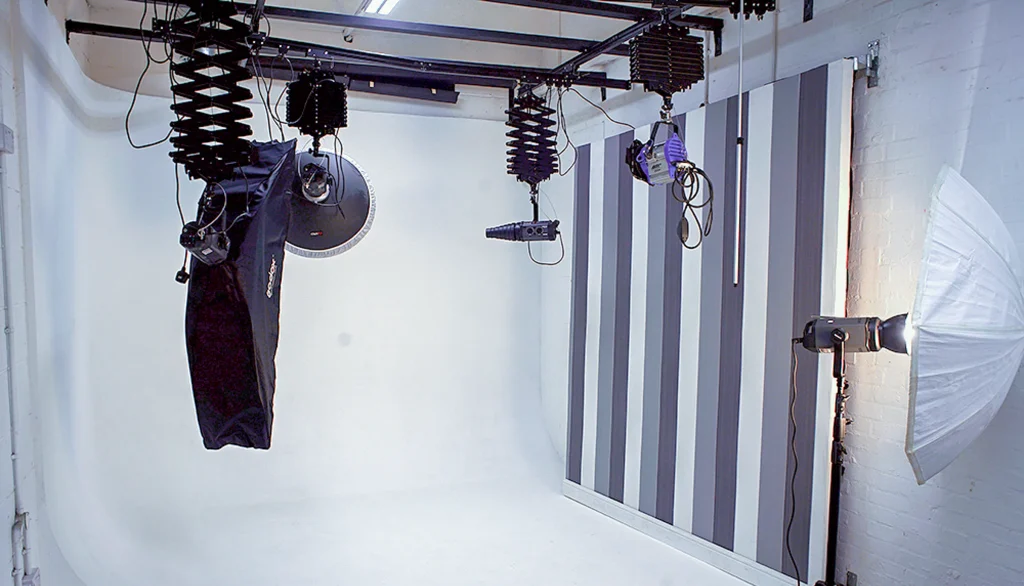
Don’t think you’re limited to the singular abilities of each light though, as there are numerous accessories available for studio photography, which you can use to mod your lighting as you see fit.
One of the most common accessories are filters: These are ‘boxes’ which you can place over the camera lens to shorten, expand, or generally focus light in a specific way. If you’re shooting a full-body portrait, a stripbox is perfect. If you’re doing a fashion shoot and really want the subject to appear soft and shining, why not use an octobox?
In addition, with a properly lit background, and a bit of photoshop knowhow, you’re now able to give your shots whatever background you want through chroma keying (a technique which is made much more simple by having a single-colour background to start).
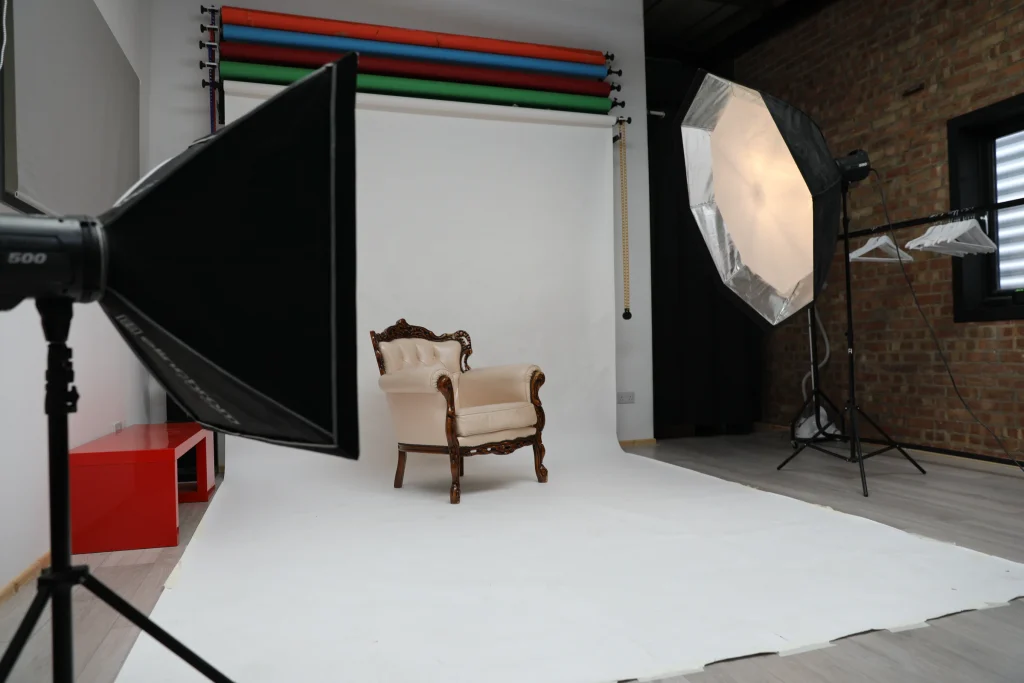
All this can appear daunting to a photographer looking to find the perfect location, or just trying to get some cheap photo shoots. Despite the multitude of choice on offer in a photo studio, it might come of as too much choice to some. If that is the case for you, you might be considering an on-location shoot.
Shooting On-Location
‘On-location’ just means anywhere that isn’t inside a photography studio. This can be either inside or outside, but let’s take things one at a time:
Indoors:
While you lose the lighting superpowers you get with studio photography, shooting indoors can give you a very unique background depending on where you are. Sometimes it might be necessary for you to shoot on-location indoors: why have promotional shots for your new salon take place in an endless white void when you could shoot them inside the salon itself?
If you’re shooting on your own terrain, you don’t have to worry about costs or time limits that come with studio photography hire either. However, if you don’t have the right space at home but still want an on-location environment, chances are somebody else is already letting a space that doubles as a great cheap shoot location.
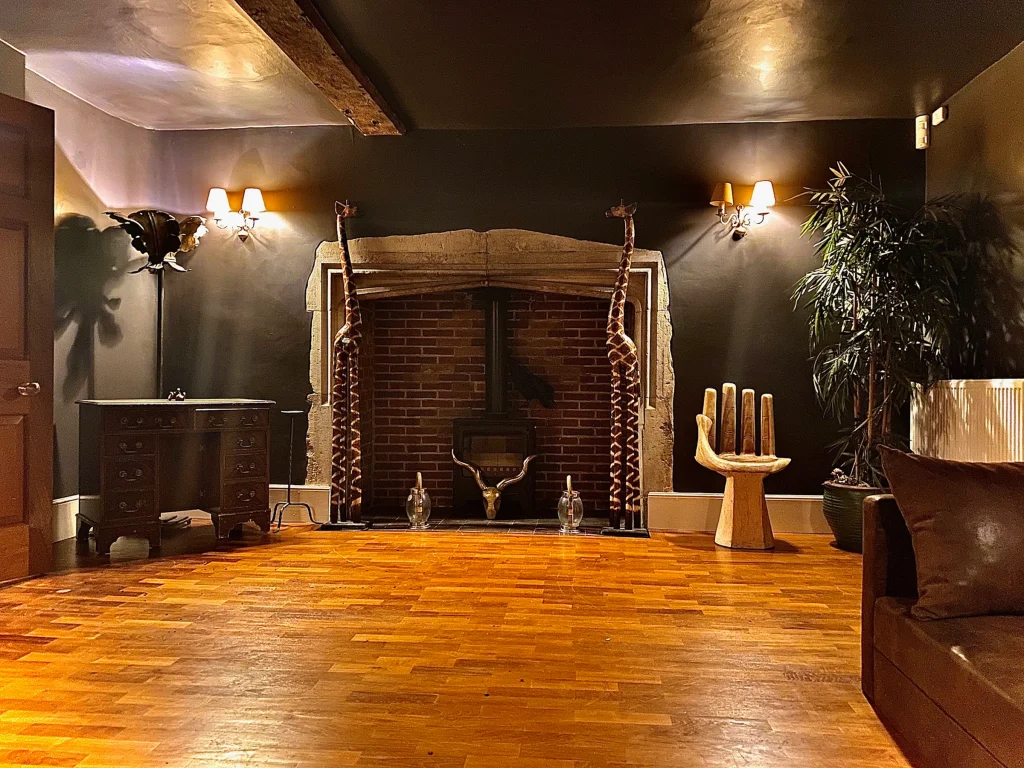
While you aren’t outside, natural light will still influence the shot, bouncing off of the room’s surfaces, which you can still manipulate to create a nice finish. Utilising all the windows and doors in a shoot location is vital for adjusting light and shadows. Additionally, many photo shoot locations still contain some specialist lights and filters, allowing you to refine the natural light for a neat combined effect on the subject.
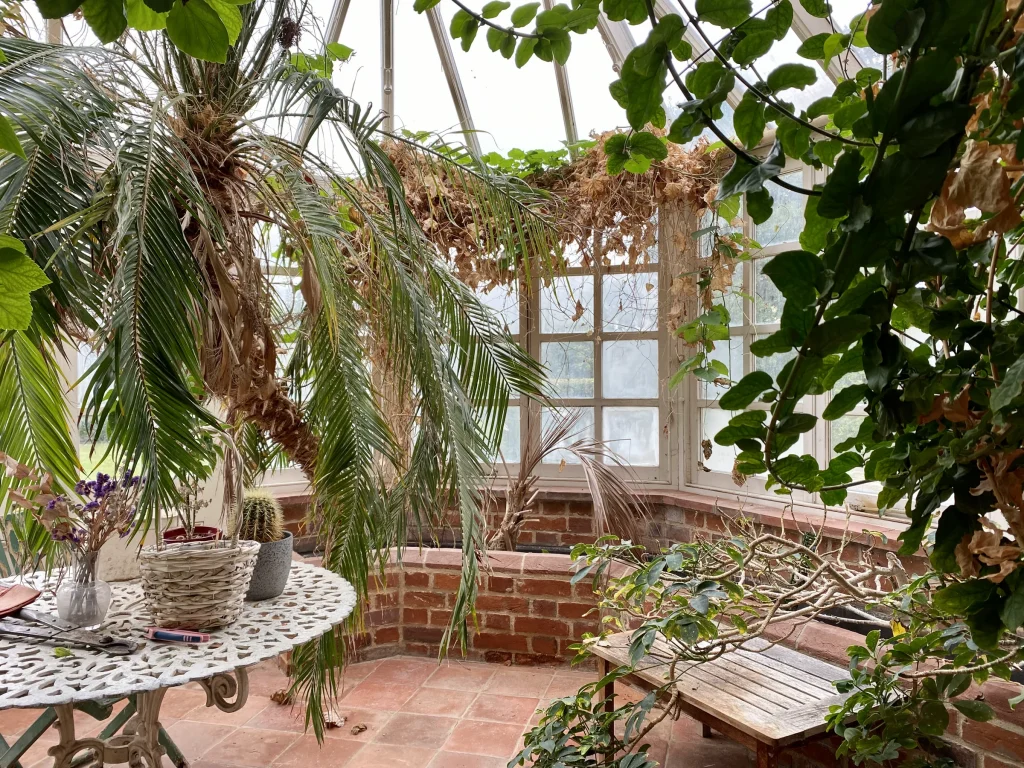
You’ll have more props to play with as well, instead of having to prepare them beforehand. You can decide whether your subject looks better standing or sitting, or whether your product looks more appealing with a cosy living room background or more professional office surroundings.
Without any pre-installed equipment, the number-one piece of equipment to remember is a tripod: whether you’re using a professional camera or your own phone, you’ll ned more than a steady set of hands to ensure that all the framing and lighting you’ve worked on is reflected in the finished product, and not undermined by a subtle twitch of the wrist.
Outdoors:
Much of the advice above applies to outdoor shooting, but there are also new challenges to be aware of. While the outside is great for things like lifestyle photography and family photography, you now face a big time limit. No matter whether you are aiming for a daytime or nighttime shoot, your natural lighting and shadows are constantly changing as time passes. In addition, small weather changes can significantly impact the tone of your photo shoot; even a low wind could force your to change the entire direction of the shoot.
For this reason, many professional photographers try to shoot during the ‘golden hour’: the first, and last, hour of sunlight in a day. You may have noticed a lot of ‘dawn’ and ‘dusk’ shots being prominent in outdoor photography. Not only does the rising or setting sun give the sky a beautiful reddish hue, it’s lower angle produces much warmer light making shadows softer and enhancing colours. In general, a rising or setting sun creates a much more appealing background. Why do you think the Lion King intro is so memorable? Well, it’s the Elton John song, but still.
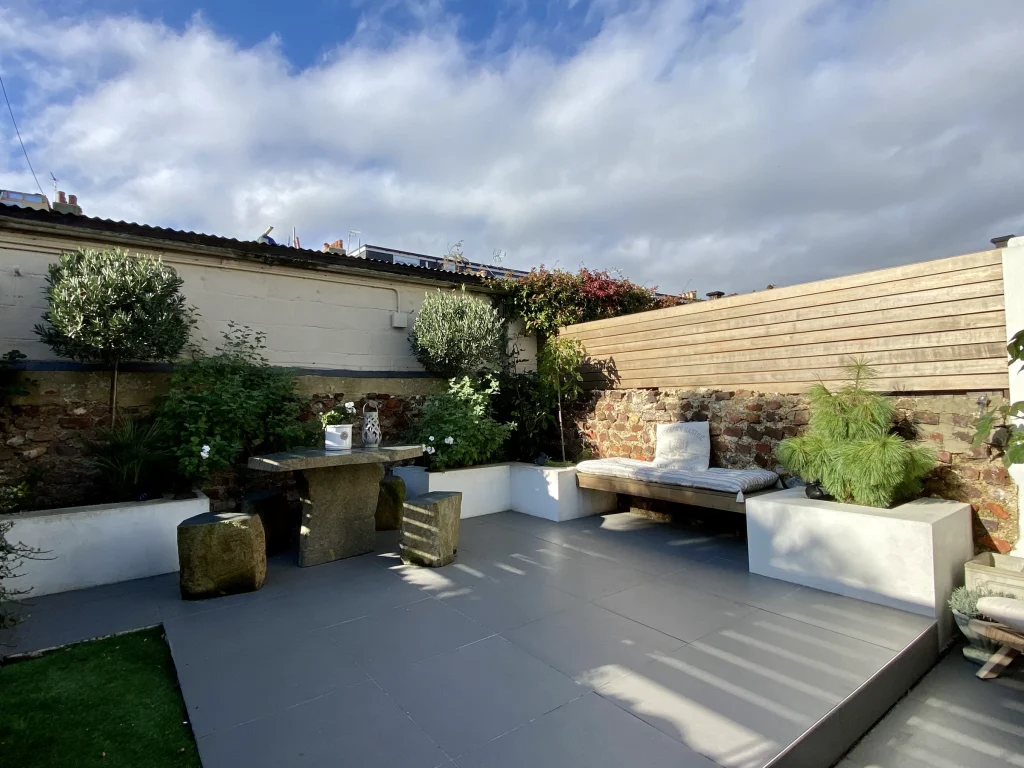
The golden hour is also a good time to aim for as you’ll have less company if you’re shooting in a public place. The last thing you want is a runaway dog ruining a shot you’ve just spent the last 10 minutes lining up. If you’re still struggling to find a good outdoor location for your photo shoot it can help to hire some private outdoor space for yourself to eliminate several obstacles (namely the ones playing fetch in the background).
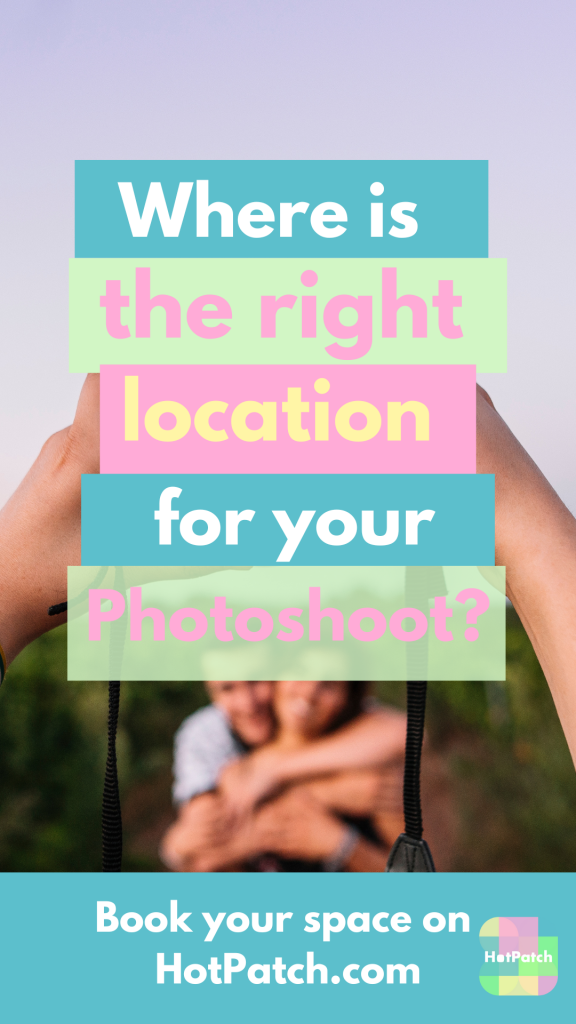
Now that you’ve had a look at what kind of environments you can choose for a photo shoot, you just need to work out which works best for your subject. To help get you started, why not take a look through some of the indoor, outdoor and studio shoot locations available to rent from HotPatch? You can find everything pictured above and more spaces across the country right here.
For any further questions, please do reach out to us in the comments below, online or on our social media channels:
Instagram: @HotPatch_ | Twitter: @HotPatch_ | Linkedin: HotPatch
